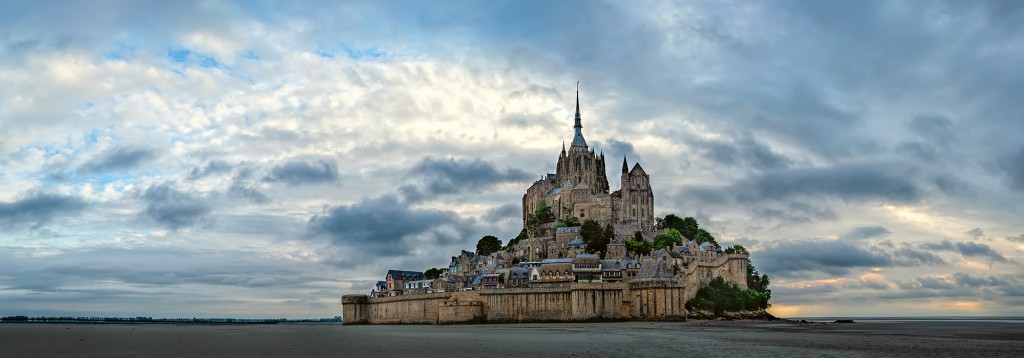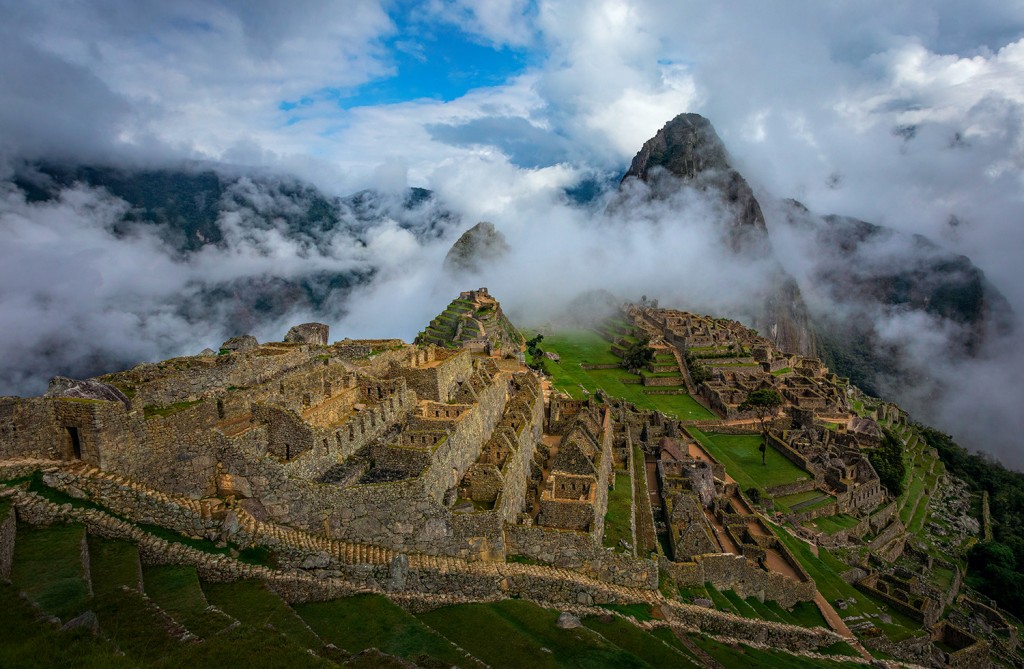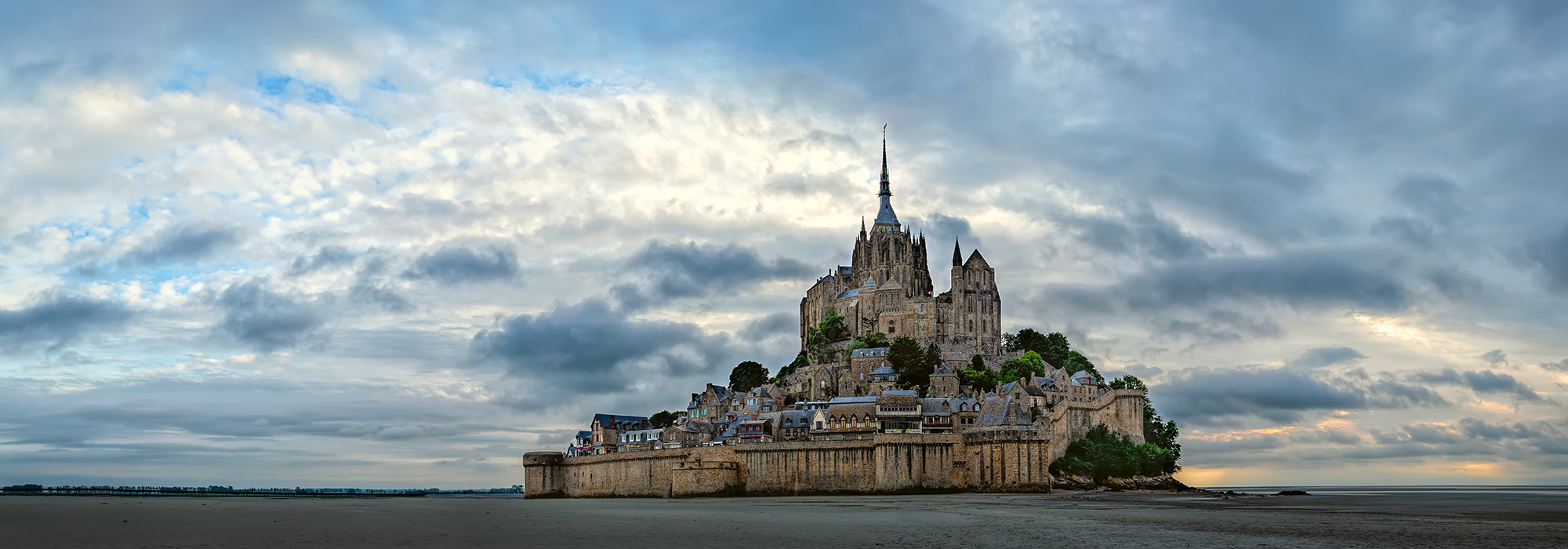
It often gets said that “you can take a great photograph anywhere.“ I actually take issue with this statement, even though I acknowledge it is probably technically correct. Is it possible to take a great photograph anywhere? Sure, I suppose it is possible. It is just that it is extremely difficult and very unlikely in most locations. I mean, you can stand in your kitchen and take pictures all day and it is possible that you might end up with a great shot or a gallery of images on your kitchen. But it is so unlikely as to be meaningless.
Very often, people I teach go out and take photographs at the neighborhood park and then have some difficulty understanding why their pictures aren’t that great. The reality is that there just isn’t anything very impressive in their park to photograph. If they were to apply that same effort to photographs of the desert Southwest, or the Pacific Northwest, if they were into landscapes, or to New York or Chicago, if they liked urban environments, then they would really have something. The location often makes the picture. It is the subject, which means it is important.
Trophy Hunting in Photography
You can take this too far, of course. I have done that myself. A few years ago, I took stock of my own photography and decided that to get better pictures I needed to go to more amazing locations. I went to Machu Piccu and Mont Saint Michel that year, among other places. Overall, I was disappointed in my photography that year. I had some nice pictures, but they weren’t absolutely amazing as I had hoped. I had to learn the hard way that the location will not – in and of itself – result in a great picture.

There are those for whom photography seems to be a trophy hunt. They seem to just go from place to place getting that one shot you’ve seen a thousand times. They have shots of Antelope Canyon, Horseshoe Bend, Half Dome, Maroon Bells, Canon Beach, the Golden Gate Bridge, and so on.
Everyone turns their noses up at this approach, but it does have a few things to commend it. First, this approach can result in some photos that will impress your friends greatly. A reasonably well-done photo taken at any of these locations will be a great picture to someone that hasn’t seen it before, which is most people. You need not add a lot of creativity – technical excellence alone will impress. Second, this is sort of a fun approach. Places where you get great photographs tend to be great places to visit. You can go from place to place, amassing trophies. It is fun and adds a sort of purpose to your travels.
One more reason this trophy hunting approach can be beneficial is that – and you need to always keep this in mind – digital photography always involves an “and” and not an “or.” In other words, there is nothing exclusive about this process. Go get the trophy shot, but then continue shooting. Try different shots of the same subject matter, or move on to nearby locations. Digital photography is free. Getting the trophy shot doesn’t exclude you from doing other things. You can do the trophy hunting and the other more creative pursuits. You aren’t limited to one or the other.
Is There a Downside to Great Locations?
Great locations do have a downside though. They can make you lazy, or at least not as creative. It is very easy to roll into a location and focus on the one shot that you had planned or that you saw immediately. You get happy with what is in front of you and you don’t push it.
I noticed that when I did assignments for a pool and outdoor living company that my results were inversely proportional with how much I liked what I saw when I arrived. If I liked what I saw when I arrived, my job was easy, and I just captured what was in front of me. But if I didn’t like what I saw, then I had to get to work. I had to different angles, different positions, anything to try to create something out of nothing. After a while, I noticed that I liked these results much better – and the customer usually did too. I started applying this lesson when I was out shooting for myself. Work the scene, even if you think there is an obvious shot that is the best. Of course, get that obvious shot too, but continue working after you have it.
Putting Location in its Place
Remember you are trying to create an extraordinary picture. If you are taking pictures of ordinary subject matter, it is that much harder for your picture to stand out.
But what about those who say “you can take a great picture anywhere”? Are they just wrong? Not necessarily. The type of photography you do has something to do with it. For fine art and abstract photographers, often you cannot tell what sort of location the photo was taken in. Some shots are such extreme close-ups or have a such a narrow field of view that it is impossible to determine much, if anything about the location. (For this reason, I wonder why these photographers ever travel for their photography, or frankly why they even bother to leave the house). These photographers might actually be able to “take a great picture anywhere” with some regularity.
But for landscape and cityscape photographers, forget it. The location matters. It matters like lighting matters, like composition matters, like exposure matters. Just as none of those other things – by itself – will guarantee a great picture, neither will a great location guarantee a great picture. But it is a necessary element.

